
[ad_1]

Internal Disease Specialist Uzm. Dr. Yunus Öksüz made statements about iron deficiency anemia and the factors that cause it. Dr Öksüz stated that it is not a genetic disease and that it affects 10-30% of adults. Stating that it can be found in all age groups, Dr. Öksüz said: “Iron deficiency anemia is more common in women than men. Three main reasons can be considered in the development of deficiency anemia. iron. Under normal conditions, increased iron requirements, blood loss due to bleeding and inadequate iron intake, “he said.
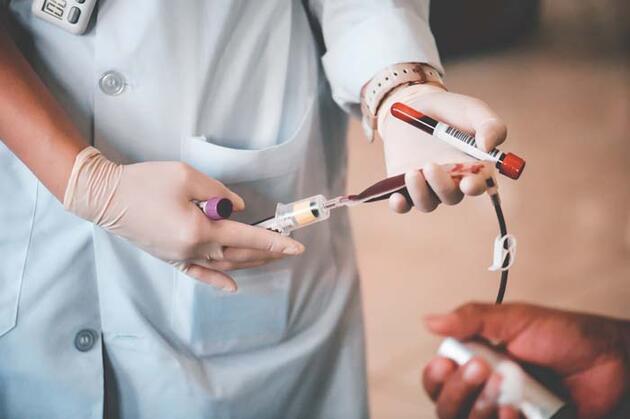
Dr. Öksüz has listed the factors that cause iron deficiency anemia as follows:
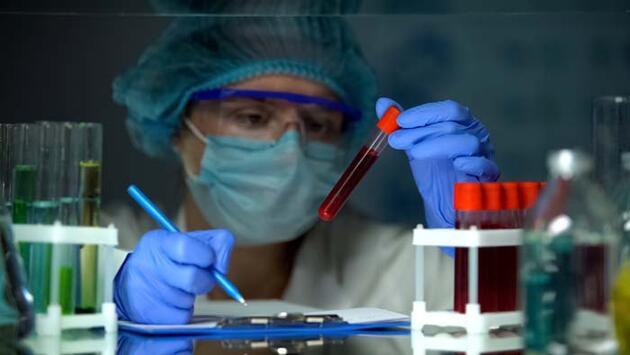
“Chronic blood loss: Most of the iron deficiency seen in adults is due to blood loss. The main causes of chronic bleeding are hemorrhoids, peptic ulcer (stomach ulcer), esophageal varices, stomach and colon cancers, diverticula and polyps, ulcerative colitis, chronic use of aspirin, hookworm, infection, hematuria (bleeding from the urinary tract) and hemoptysis (bleeding from the airways).
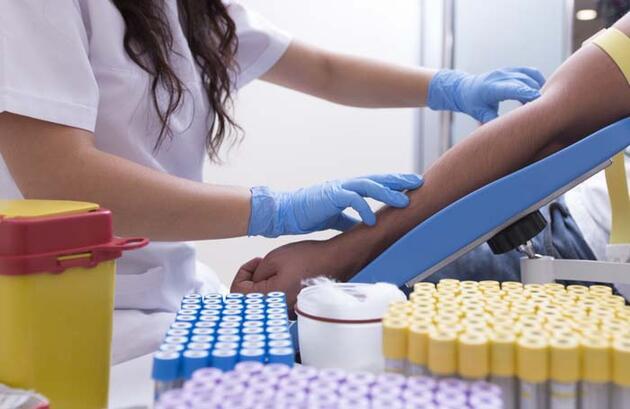
Iron deficiency can also develop in professional donors who donate blood excessively and frequently. Lack of iron in the diet As the need for iron increases, especially in adolescents, if the necessary nutrients are not taken, the development of iron deficiency anemia becomes easier.

Foods rich in iron are generally expensive foods. Dietary iron deficiency is common in poor underdeveloped countries or in low-income parts of developed countries. Dietary iron deficiency is still a major problem in our country.
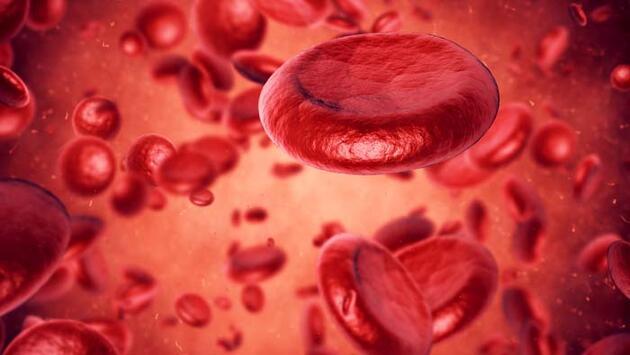
Impaired intestinal iron absorption; Iron deficiency anemia develops as a result of interrupted absorption of iron from the intestine, in diseases of the small intestine such as fatty stools (idiopathic steatorrhea) with an unknown cause of celiac disease, after some or all of it stomach has been removed and the stomach is attached to the small intestine.
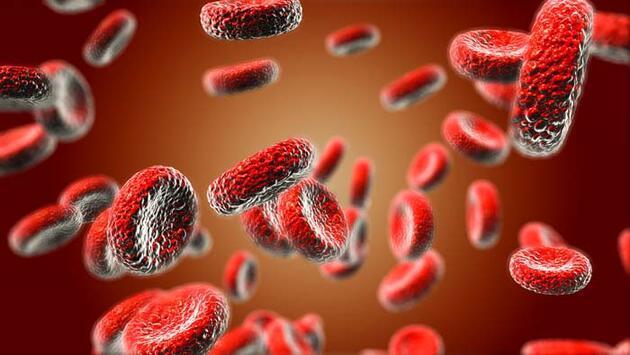
Increased need for iron in the body; the need for iron increased during children’s development. During growth, both blood volume and iron stores and muscle mass expand. During this time, the child needs more iron than the adult.
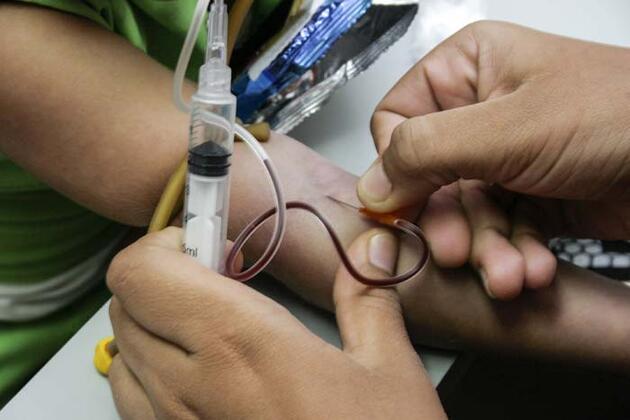
Women need more iron in childbearing age than after menopause. For this reason, iron deficiency anemia develops easily in women who have frequent births and miscarriages and cannot get enough iron in their diet.

The rare reasons are; prosthetic heart valve can develop after certain lung and kidney diseases. In addition to chronic pathological anemia, iron deficiency anemia can also be observed during hemodialysis treatment.
“As the anemia deepens, there may be complaints of loss of appetite, burning tongue and mouth.”

Noting that the disease usually begins insidiously, Dr. Öksüz, “In cases where the amount of hemoglobin does not decrease below 9 grams, only weakness, irritability, persistent headache, insomnia, numbness in the extremities can be seen. Symptoms such as shortness of breath occur.

Complaints of loss of appetite, burning of the tongue and mouth and sometimes difficulty in swallowing are observed. Hair and nails have been found to be thin and dry and break easily.

Indigestion can be seen in those who eat earth and clay. In women, menstrual irregularities and lack of menstruation can be observed. A delay in the development of iron deficiency anemia starting in childhood may be observed. The skin is pale, palpitations and sometimes an enlarged heart can be seen. The tongue is pale and the protrusions are erased.
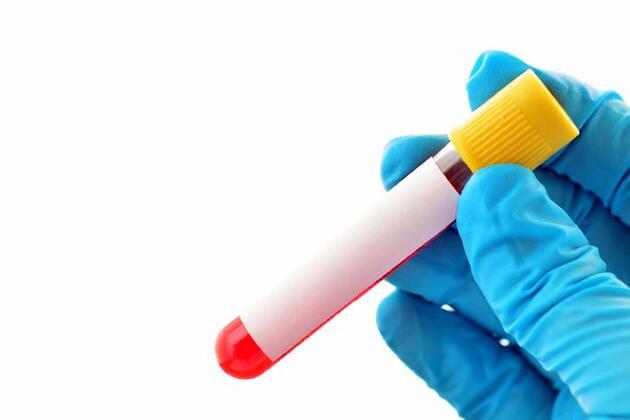
There may be tears on the edges of the lips. Longitudinal lines, easy breakage, flattening and sometimes pitting (spoon nail) can be seen in the nails. A persistent low-grade fever may be observed. The spleen can be detected larger than normal. Growth retardation can be seen mainly in iron deficiency anemia that begins in childhood, “he said.
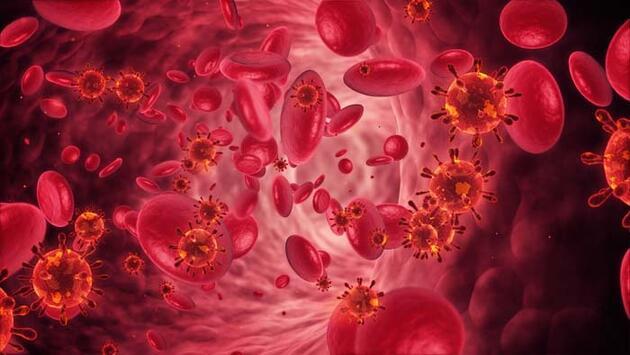
Referring to the lab results, Dr. Öksüz said: “Hemoglobin and hematocrit have decreased. Iron and ferritin are low. The serum ability to bind to total iron has increased. In the microscopic examination of blood , the red blood cells are pale and small. Thalesemias (Mediterranean anemia), sideroblastic anemia, chronic disease anemia, “he said.
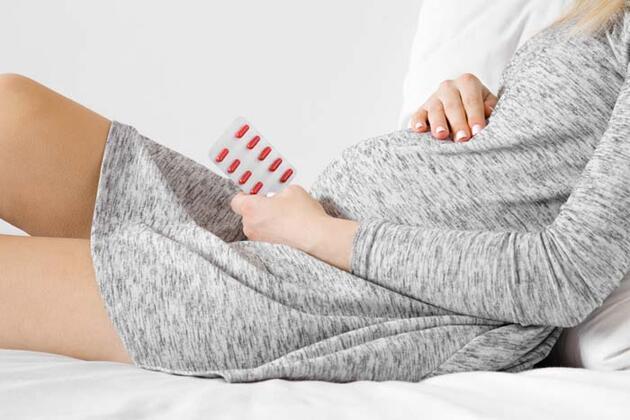
Stating that the first job is to investigate the cause of iron deficiency, Dr. Öksüz completed his words as follows: “As soon as the diagnosis of iron deficiency anemia is made, the first thing to do is to investigate the cause of the iron deficiency, if possible, to eliminate it. Otherwise, the anemia will not improve despite the treatment and diagnosis and treatment of the disease causing iron deficiency will be lost. We can say tumors of the intestinal system. The second fundamental principle is to replenish iron stores with iron therapy. Iron can be administered. orally, intramuscularly and intravenously. Regular medical follow-up is required. Following the doctor’s recommendations leads to recovery from the disease. “
.
[ad_2]
Source link